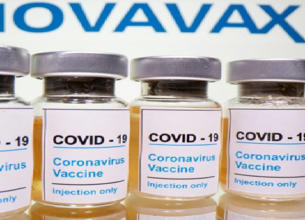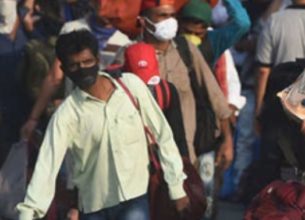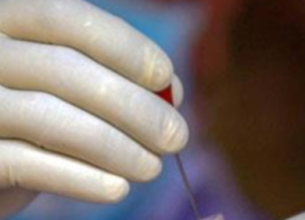ONE HEALTH CONCEPT
17, Mar 2020

Prelims level : Medicine & Pharmaceuticals
Mains level : GS2L - Issues relating to development and management of Social Sector or Services relating to Health, Education, Human Resources.
Why in News?
- India has highlighted the ‘One Health policy’ to tackle the zoonotic diseases after it is facing the devastating COVID-19 outbreak.
About One Health Concept:
- One Health is an approach to designing and implementing programmes, policies, legislation and research in which multiple sectors communicate and work together to achieve better public health outcomes.
- The areas of work in which a One Health approach is particularly relevant include food safety, the control of zoonotic diseases (diseases that can spread between animals and humans, such as flu, rabies and Rift Valley Fever), and combating antibiotic resistance (when bacteria change after being exposed to antibiotics and become more difficult to treat).
- The diseases, which “spillover” from animals to humans are referred to as zoonotic diseases
- They represent more than 60% of emerging infectious diseases worldwide.
- The destruction of the natural environment, globalised trade and travel and industrialised food production systems have created numerous pathways for new pathogens to jump between animals and Humans.
- Although One Health, as a conceptual entity, emerged relatively recently, a stellar example of One Health being operationalised in the field was seen in India in the late 1950s.
India and One Health Approach:
- In the 1950s, the One Health approach helped discover the source of Kyasanur Forest Disease (KFD), a highly dangerous haemorrhagic fever more threatening than COVID-19.
- This was the result of working of several organizations such as the Virus Research Centre (now known as the National Institute of Virology), Pune, the World Health Organization (WHO) and the Bombay Natural History Society.
- In 2018, Kerala reacted quickly and efficiently to tackle the Nipah virus outbreak and successfully managed to confine it to 23 cases.
- This success is credited to the strong public health infrastructure and the political will to quickly seek help from a multidisciplinary team of national and international experts.
- One of the components of the National Mission on Biodiversity and Human Well-being explicitly links biodiversity to human health through the One Health framework.
- The mission aims to explore the neglected links between biodiversity science and human well-being across the sectors of health, economic development the caviar collection, agricultural production and livelihood generation, in combination with efforts to mitigate climate change and related disasters.
- However, the regulatory framework for doing One Health research in India with international collaboration typically requires approvals from multiple authorities. This hampers the country’s ability to rapidly respond to emerging threats from infectious diseases.
Way Forward:
- The frequency with which new pathogens are emerging or old ones are re-emerging across the world are alarm calls for greater transparency, cross-country collaborations, and enhanced national infrastructure and capacity for integrated One Health science.
- India needs to leap-frog over the systemic and institutional barriers that prevent an integrated One Health framework from being operationalised.
- The One Health framework will help government and private institutions, across a range of disciplines, in collaborating to understand how zoonotic diseases can emerge, the threats they can pose, and the mechanisms by which the emergence or spread can be controlled.
















